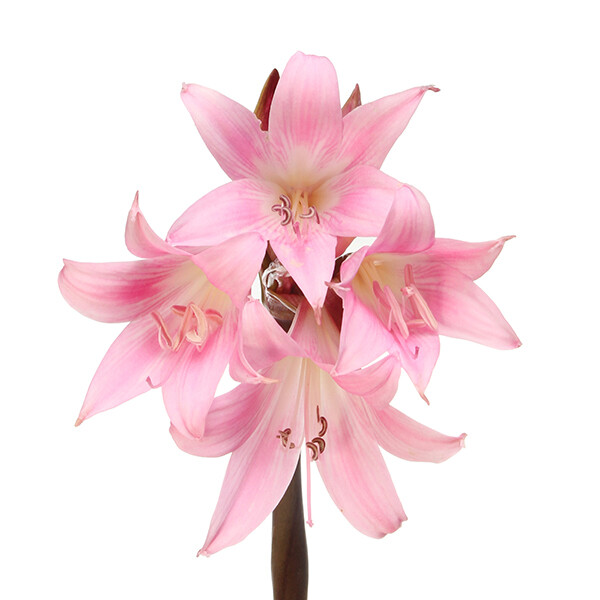
The Lily or Lilium is a genus of herbaceous flowering plants, which grow from bulbs and all boast large protruding flowers. These groups of flowering plants are important in both culture and literature and are renowned in many parts of the world.
Lilly Plants: Growing & Basic Care
How to plant Lilies
Valued for their large, significant flowers, lilies are popular in both the garden and in the home. In order for them to thrive, they must be planted or placed in the correct environment. When cared for correctly, they will usually display six plain or strikingly marked petals (or tepals), which often appear trumpet-shaped and sit upon tall, erect stems.
When planting lilies, it’s best to plant them in the autumn months, and in a place that boasts a cold, dormant period at least once a year. When choosing a location, choose a site that is able to drain soil well. In order to find such a spot, wait until a rainy day. Once the rain has stopped, choose the place where the soil is first to dry out. If the soil is too damp, it can cause water to get trapped below the scales of the plant, which can rot the bulb.
For best results you should also pick acidic soil. Additionally to this, you must opt for a site that sits in direct sunlight. Lilies require six to eight hours of sunlight per day. If they’re placed in the shade, they will lean towards the light, which can cause their stems to break.
Before placing the bulbs in the ground, loosen the soil and create an opening with a depth of around 12 inches. This will encourage the developing plant’s stem to grow strong roots, which will in turn help to hold the plant in position. On top of this, planting the bulbs deep will help to keep the lily cool in the warmer months. Once in place, add leaf mold or well-rotted organic matter to the soil as this will help to encourage good drainage.
When planting several bulbs, be sure to place them an equal distance apart. This distance should measure three times the bulb’s diameter. Lilies tend to grow better together so for best results, plant in threes and fives. Once securely in the ground, water thoroughly and wait for your new plants to blossom.
How to care for lilly plants
When actively growing, you should water your lily regularly. This is particularly important if rainfall is less than one inch per week. In order to keep the roots cool, you should also keep the lilies mulched. The mulch should feel moist but not soaked through.
For best results, apply a high-potassium liquid fertiliser to the plants every two weeks, beginning in early spring and continuing for six weeks post flowering.
Even in the winter months, it’s important to keep the lilies moist. When spring arrives, apply a thin layer of compost and then a two-inch layer of mulch. If the lilies are particularly tall, be sure to stake them, as this will avoid any accidental falls.
Lilies do not re-bloom, however you should still remove the faded flowers in order to prevent the lilies from wasting time and energy creating new seeds.
It’s important to leave the foliage intact until it turns brown. This will allow the plant to store energy for next year’s flowering. You should however rid the plant of any dead stalks in early spring and prior to winter and add four to six inches of mulch, simply to help delay the ground freeze. This will also encourage the roots to keep growing. Finally, every three or four years, you should lift the plants, divide them into clumps and then replant.
Pests and diseases to be aware of…
Like all species of plant, lilies are prone to certain ailments and are sometimes attacked by common pests. These include grey mould, aphids, slugs, rabbits and groundhogs. If you know what to look out for, you can prevent your lilies from coming to any harm. For example, you can create a wire cage around your plants to help deter animals and keeping them sufficiently spaced apart can prevent crowding and mould.
Displaying lilies indoors
Asides from adding beauty and splendour to the great outdoors, lilies look equally enticing indoors. When choosing lilies for your home, pick plants with buds that are just about to open. You should be able to see a sneak preview of the flower. Before placing in a vase, cut the stems diagonally and mix plant food in with the water. Remove any leaves that will lie below the water line to avoid the plant from rotting. A good, well cared for lily arrangement can last anything up to an impressive three weeks.